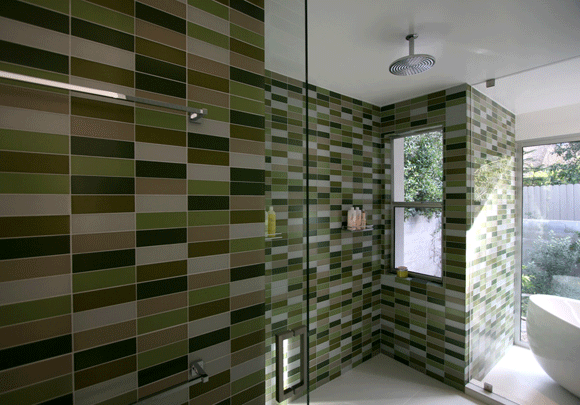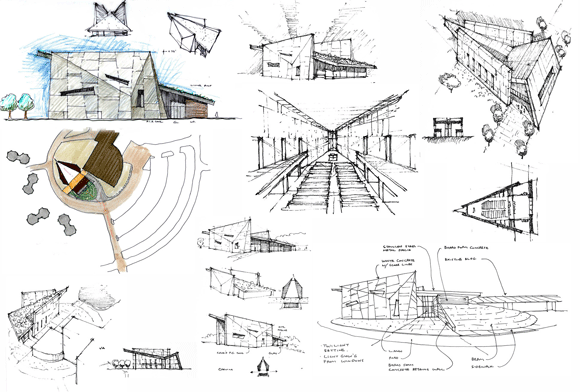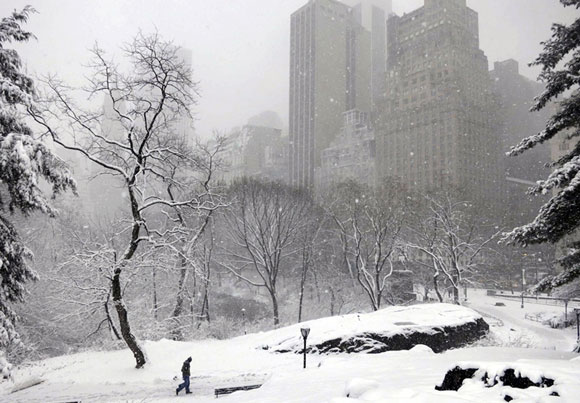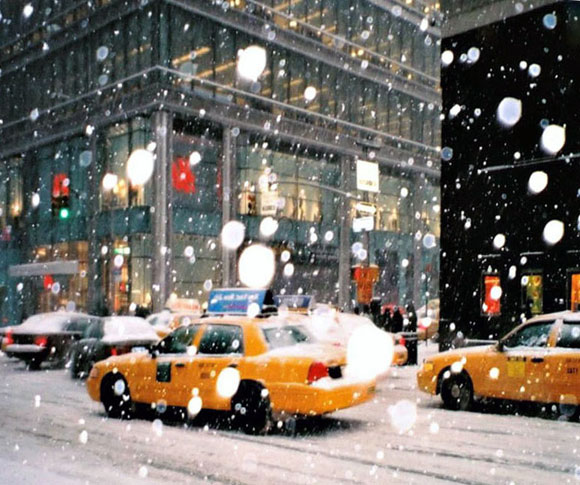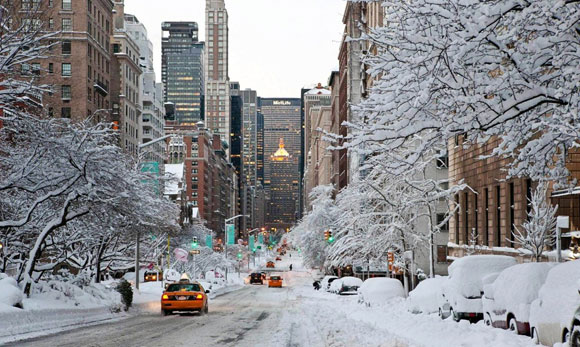#110: THE ARCH PODCAST, FORM MAGAZINE, 2 OF 3: SACRED WORKS AND COLOR
My sketches for the chapel of the Air Force Village, a retirement community, San Antonio, Texas
Please enjoy more excerpts from the podcast The Arch with Form magazine, and the acclaimed author and artist, Carol Bishop. Previous excerpt is here.
Carol Bishop: Many of your projects touch communities. You do churches for various different kinds of religious groups. You do educational structures. You do libraries. Can you elaborate on these?
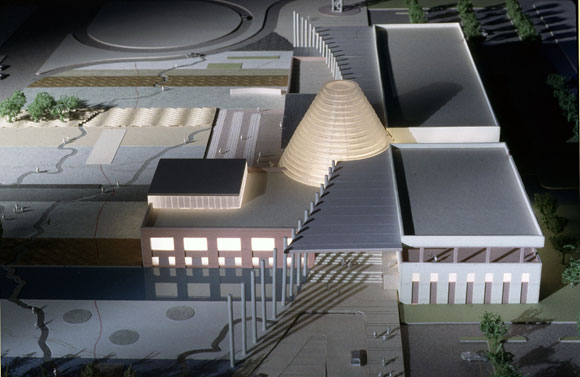
Anthony Poon: The community aspect is very important to us. As much as we enjoy doing projects like designing homes or the one-off projects, we feel that our skills and talents should serve a much broader community. One of the things we enjoy doing most are our schools, serving teachers, administrators, and children. We enjoy doing projects that bring communities together. We enjoy building out communities, which is one of the aspects of our residential work, not just doing one house at a time, but doing a hundred homes at one time and envisioning what an entire neighborhood could be.
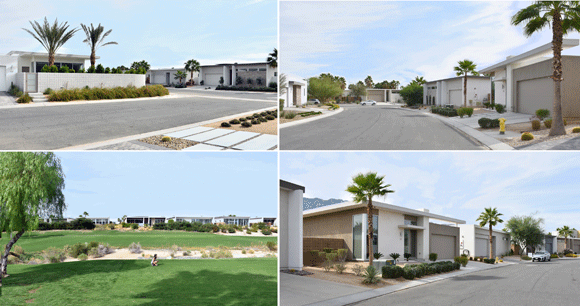
Carol: Are there any particular challenges, whether with the codes or concepts or clients when you are designing these types of buildings? For example, when you were asked to do the Air Force Chapel, how did you marry the military and the spiritual layers?
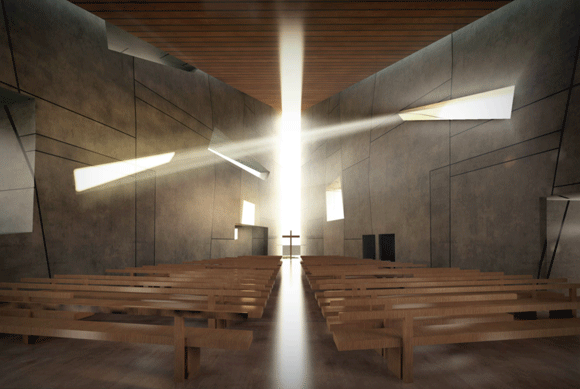
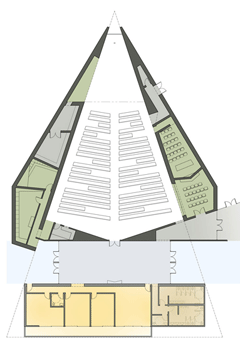
Anthony: That’s a complicated question, so I’ll answer in two parts. The first: You bring up what is one of the most challenging parts of architecture and maybe the most tedious. We’re talking about things like city codes, the permit process, and the science and engineering of making sure a building doesn’t fall down. We’re talking about client wishes, building program, square footage, and of course on top of all of this is the budget and the schedule. There are all sorts of these kind of technical aspects that we have to problem solve. Once we get those taken care of, we then, on top of all of that, have to add the artistry. We have to then add our creativity.
It’s kind of like learning a piece of music. Say you’re learning a Mozart sonata and there are literally 10,000 notes to learn to play correctly—to get each note perfect as it was written by the composer. But once you do that, it’s not considered music yet. That’s just painting by numbers. That’s just getting each note correct. After you’ve done that, and that can take years, you then have to add your interpretation. You have to add your story, your style, your idea of what that Mozart sonata really is about.
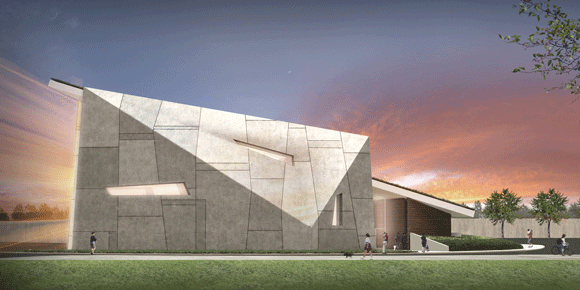
To jump to your second part of the question, we did a proposal for a chapel at a retirement village for the Air Force in San Antonio, Texas. You talked about marrying the practical and the spiritual, and that’s exactly how we viewed it. We studied sanctuary spaces and gathering spaces, assembly halls, and considered what would be the most effective kind of floor plan. We came up with a triangular floor plan that allows all of the attention to focus to the front of the chapel. But it was more than just a geometric exercise. We added to our composition metaphors of the Air Force, of heroicism, of strength, a majestic character. And we took that triangular form and gave it a presence on the outside where the building reaches for the sky. In that sense, it became a metaphor for the Air Force and how strength and heroic actions can lead to good things.
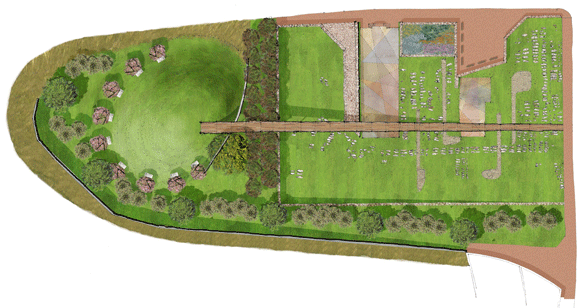
Carol: Well, I have to ask you about this project because of the name, the Contraband & Freedmen’s Cemetery Memorial. Could you tell us something about that?
Anthony: That’s a proposal for a project in Virginia. And it’s haunting and extraordinary. There was a development in Alexandria where developers started to excavate the land to build commercial buildings. They came upon graves, coffins and bodies of the freed slaves. Obviously, construction stopped. The city asked for proposals of what to do, how to develop this. If it should be developed, what would be the right thing to do?
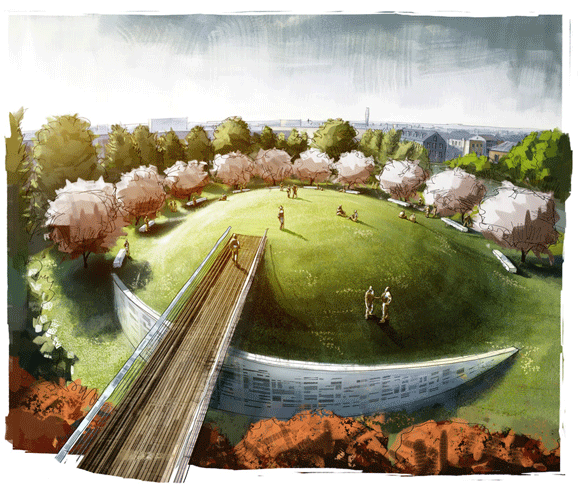
We designed a memorial park where half of area left all the burials as they were found. They were all given grave markers of stone. We created a path of wood that floated over the graves so that you can look upon and honor those who have been lost. We envision that the brass handrail of this wooden path would have names etched on the metal. The path lands in the other portion of the city block, where we designed a park as a gift back to the community.
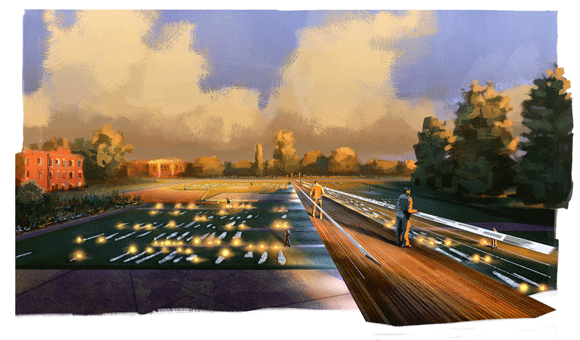
Carol: More and more, we see that there are two camps. One is no color, just white, white, white. The other camp is: Let’s just pour on the most hideous colors so that my building shines. What is your take on color for your projects?
Anthony: Color is a whole philosophy. You’ll have architects like Richard Meier who primarily uses white. He’ll explain that through the color white, we see all the colors of the rainbow. You’ll have all of the Post-Modernists from the ’70s and ’80s using a lot of colors as a reaction to modernism and abstract art. Post-Modernists used pastels and bright colors. Michael Graves used burgundy and peach and orange and ochre.
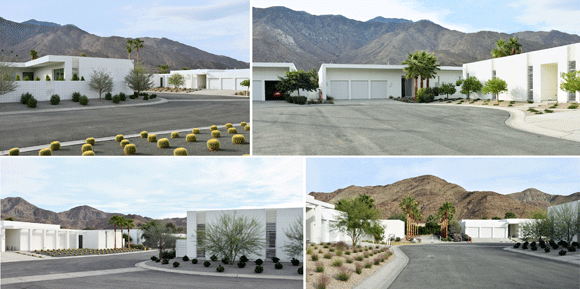
Our view is that color is a specific analysis and study for every project. There are projects where we believe the project should have a neutral palette. There are projects that we believe color should be used. For example, we’ve done a community in Palm Springs called Linea . It’s 14 homes. All the homes are white, intentionally so. They’re white inside. They’re white outside. The cabinets are white. The flooring is white. The countertops are white. Some might argue that this is very clinical or very sterile. We see it as being tranquil and peaceful. We see it as reflecting the maximum amount of sunlight coming in through the windows.
We also see it, importantly so, as a blank canvas for the owner of this house to add their own personality, to bring in their own colors of their life, whether it’s in the furniture, the art on the wall, a throw, the window treatment, or the colors they wear as clothing, as they move through this very calming environment.
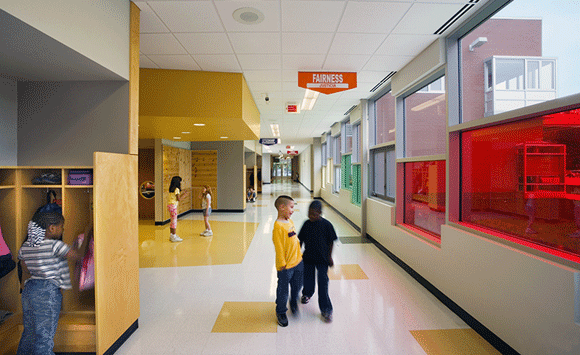
On the other hand, we’ve done projects for schools where we think for an elementary school, there should be some vibrant colors to energize the space. In one elementary school that we did in Chicago, in the hallway for the windows we used red, green and yellow glass set in as accent pieces within the regular clear glass window system. In this way, kids can look back out at the world and see it through the lens of red, see it through the lens of yellow, to see what the world looks like. Colors becomes an educational device, something to alter your perception, to have their mind wonder.
